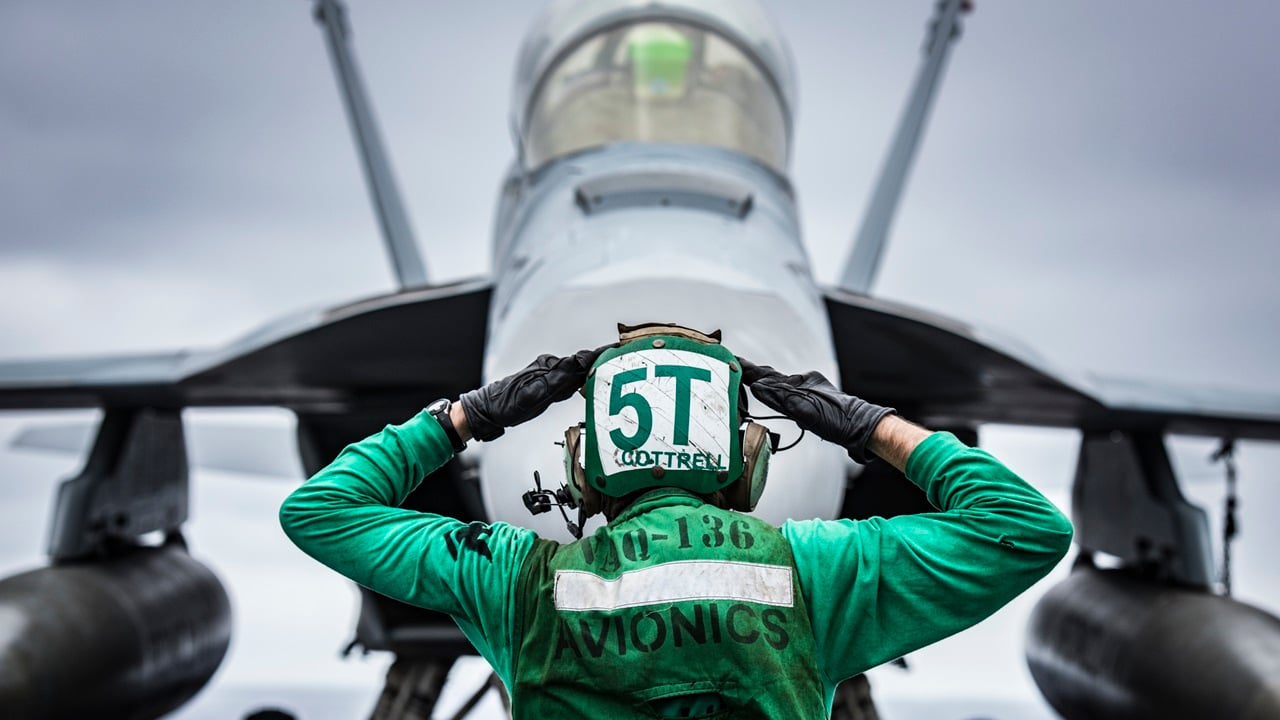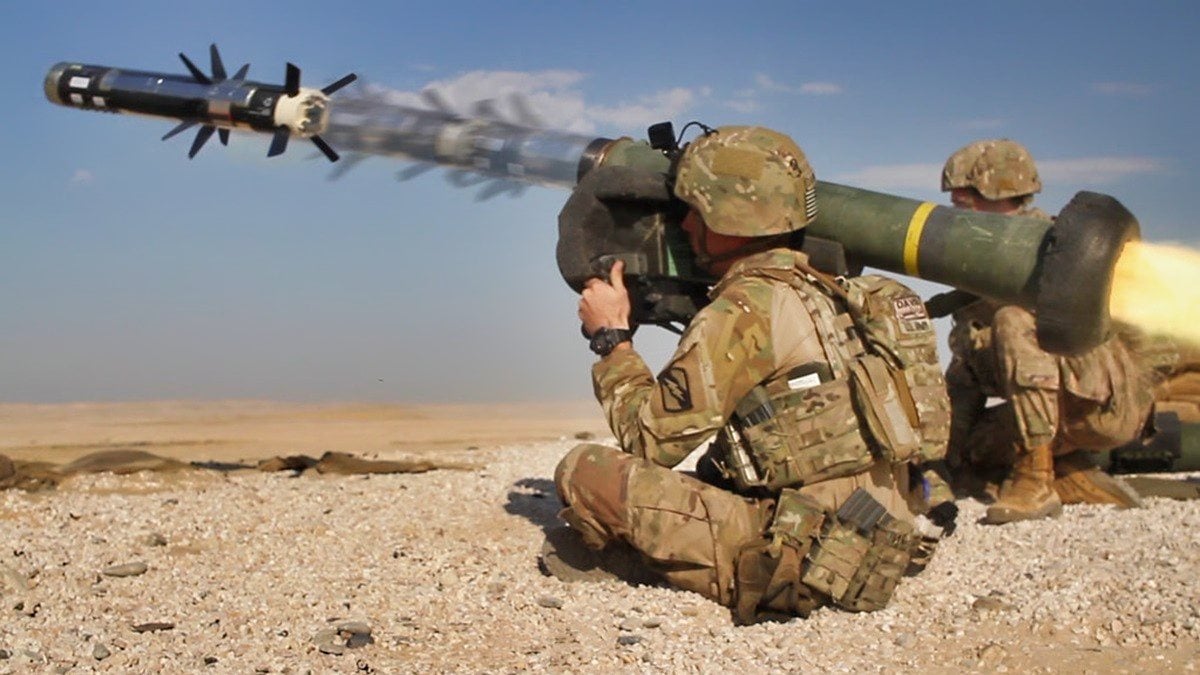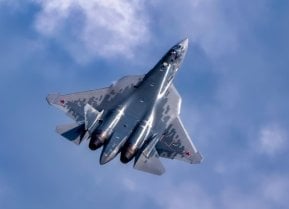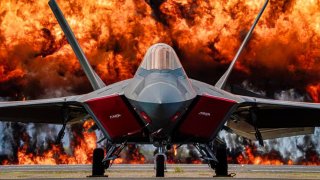In 2024, the U.S. Military is Weak…and That Should Scare You
At present, the U.S. military is roughly half the size it needs to be. Moreover, most of its primary equipment (planes, ships, tanks, etc.) is 30 to 40 years old, and soldiers, sailors, airmen, marines, and guardians are training only a fraction of what they should to be competent in battle.
Our government is not serious about defending the United States and its interests. In fact, it has fallen woefully short in carrying out this sacred obligation. I know this sounds harsh, but as we’ll see, the government’s own numbers prove the point.
That our military is weak is not an indictment of the men and women who have volunteered to serve. It is an indictment of a system largely defined by the government and those elected to high office. That includes senior military officers whose primary obligation should be to ensure our men and women have what they need to win in war – which is, after all, the primary purpose of our military.
Yes, many people will say the purpose of a strong military is to deter war, but deterrence derives from the belief of the enemy that they would be defeated in battle. So if our military is at great risk of not being able to win … well, it doesn’t have much deterrent value. Our potential enemies can see this; the American public, not so much.
At present, the U.S. military is roughly half the size it needs to be. Moreover, most of its primary equipment (planes, ships, tanks, etc.) is 30 to 40 years old, and soldiers, sailors, airmen, marines, and guardians are training only a fraction of what they should to be competent in battle. Yet senior leaders in the Pentagon, White House spokespeople, and even members of Congress who have access to the facts (and who should know better) continue to say we have the best military in the world, as if saying so makes it so. It does not.
Let’s look at the numbers, using references from near the end of the Cold War, when the U.S. last confronted a major competitor on a global stage. Recall that until the collapse of the Soviet Union in the early 1990s, the U.S. maintained forces able to compete with the Soviets in many regions at once, primarily in Europe (in land and air) but also across the seas where naval power was essential. Back then, Washington only had to focus on one capital and the ambitions of one authoritarian regime. Regardless of where military actions occurred, the signals reverberated to Moscow.
Today, the U.S. must account for regimes in Moscow, Beijing, Tehran, and Pyongyang, and a host of smaller powers and terrorist regimes that challenge U.S. interests. They have different objectives and possess different cultures, values, and networks. Just because the U.S. acts in the Middle East to thwart Iran, doesn’t mean that China alters its activities vis-à-vis Taiwan or its push on territorial claims in the South China Sea or that Russia lessens its assault of Europe or attempts to divide NATO. They pose different threats to the U.S. in different ways.
What they have in common is the objective of displacing the United States as a global power and reducing America’s ability to shape the future in ways that benefit Americans. To compete on a global stage against a multitude of adversaries who collaborate against the U.S., at least opportunistically, the United States must possess military power commensurate with the realities of the current world, not one that is imagined years from now nor held in fond memory.
Consider the following:
In the late 1980s, the U.S. Navy possessed nearly 600 ships, keeping approximately 100 at sea on any given day. Today, it has 292 yet maintains the same number deployed, thus working both ships and crew twice as much. It is not uncommon for ships to be 15 percent undermanned.

In 1989, the Army had 770,000 soldiers in its Active component. Today, it has 452,000, shrinking by 33,000 last year alone. By the end of this year, it will shrink further, to 445,000. Since 2011, the service has lost 121,000 troops, 22 percent of its force. The service is the smallest it has been since the 1930s. Most of its major weapons were purchased in the 1980s.
During the Cold War, the average Air Force pilot flew more than 200 hours a year and often exceeded 300 hours. Our pilots made fun of their Soviet counterparts for flying half that number. Today, the average pilot flies fewer than 130 hours, while their Chinese competitors fly 200+. The average age of an Air Force fighter is 30 years, older than the pilots flying them. The average age of the majority of refueling aircraft is 60 years…as old (or older) than the parents of the pilots flying them.
Fourteen years ago, America committed to modernizing its portfolio of nuclear weapons. Since then, our nuclear enterprise hasn’t produced a single new weapon. Meanwhile China has produced 100 in just the past year and is on track to quadruple its inventory of nuclear missiles by 2030.
Iran is near-nuclear, having amassed enough uranium enriched to 60 percent to make a half-dozen warheads in 30 days if it committed to push the enrichment process to 90 percent, which it is capable of doing. It already possesses the largest inventory of ballistic missiles in the Middle East and is placing satellites in orbit to refine militarily relevant technologies.
Though Russia has taken a beating in its war against Ukraine, it has moved to a wartime economy and is making more missiles and tanks now than before its invasion. New equipment is rapidly replacing the old Soviet inventory it has consumed or lost in the past two years. And the soldiers who have survived the war to this point are battle-hardened; U.S. forces last saw major combat when in Iraq, nearly 20 years ago.

Perhaps things wouldn’t be so worrisome if we could count on strong, reliable allies. Unfortunately, their story is worse.
During the Cold War, West Germany had 5,000 main battle tanks. Today, it has 300 Leopard IIs, of which fewer than 100 are considered operational. But that’s better than in 2021, when only 13 were available for deployment. Germany’s Minister of Defense has reported the country won’t be able to field a ready division until 2025. The country’s military infrastructure is so decayed that it will take €300 billion and 50 years to modernize.
In the United Kingdom, the army is the smallest since 1710 and leaders have said they would struggle to put a single division in the field. Britain’s military services combined (160,000 servicemembers) are smaller than the U.S. Marine Corps at 174,000. The Royal Navy possesses a mere 20 surface combatants.
France only has 19 large surface warships. In the days since the Cold War, French tanks have reduced from 1,349 to 222 and fighter aircraft from 686 to 254. A senior defense leader has questioned whether the French military could operate longer than four days in high intensity combat. Japan, a major U.S. ally in the Pacific, reportedly has such a limited inventory of munitions that its ships and aircraft could only sortie three times before having nothing to shoot.
Back at home, three out of four young Americans are ineligible for military service, without a waiver, due to physical or mental health issues, obesity, criminal records, or substance abuse. The recruiting environment is so bad that the Navy has increased the maximum age for new enlistees and has begun accepting enlistees in the lowest category of aptitude testing. In the Army, all captains are now automatically promoted to major while in the Air Force, all officers in flight school graduate, with less than one quarter of one percent failing due to lack of demonstrated proficiency. Many Americans perceive the military as more interested in pushing social policy agenda programs than in ensuring our forces are able to win in combat.
Clearly, we have a problem.
All of this is captured in gory detail in The Heritage Foundation’s recently released 2024 Index of U.S. Military Strength. The point of the Index is two-fold: to inform Americans about the state of their military and to prompt Congress and the administration to do something about correcting the multitude of problems in our country’s ability to defend itself and its interests in a very dangerous world that seems to be spiraling out of control.
Regular citizens can see to their needs for employment, food, medical care, personal protection, and spiritual fulfillment. They help each other in times of distress and routinely come together to celebrate successes in life. But they cannot defend the country at the individual or community level. That responsibility lies with the federal government which is failing at the task.
This must change and Americans should demand such. Waiting until the next crisis is upon us will be too late.
About the Author
Dakota L. Wood, who served America for two decades in the U.S. Marine Corps, is the Senior Research Fellow for Defense Programs at The Heritage Foundation.
Image Credit: Creative Commons.


